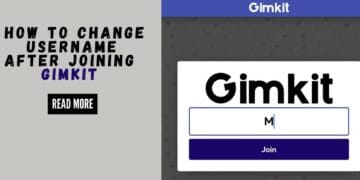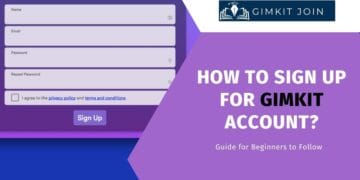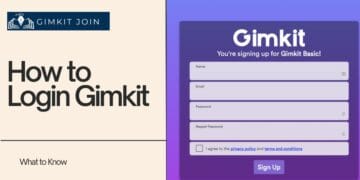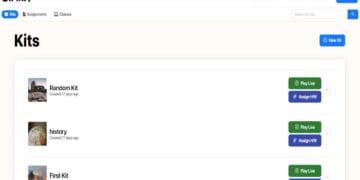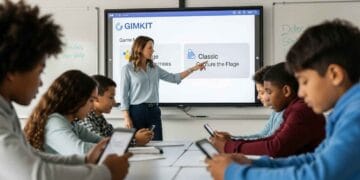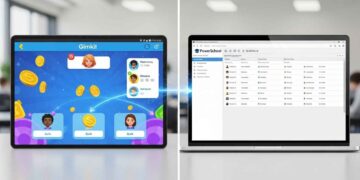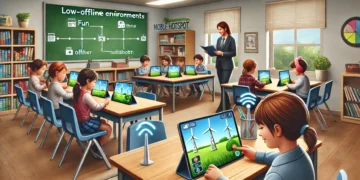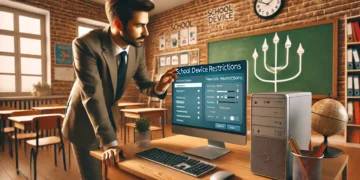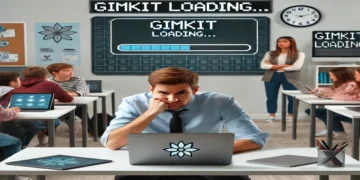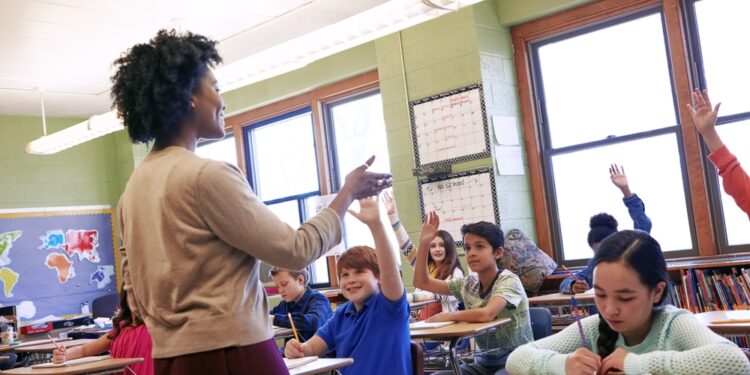Engaging the class from the first couple minutes of a lesson is crucial, as this is the prime time to get people thinking and excited about the topic. But how can you engage students and make them deeply bond with the content? Educators can use an AI presentation maker to build attention-grabbing lesson slides that engage students from the very first minute.
1. Start with a Thought-Provoking Question
The easiest but the most effective approach to stimulate students is to ask them a question. There should be no right or wrong answer to such questions, and they should challenge students to delve deep. For instance, you can start a history lesson by asking, “If you could change one thing from the past, what would it be and why?” These questions challenge students to reflect, consider, and emotionally engage with the lesson.
2. Share a Surprising Fact or Statistic
People enjoy learning about new things, and students are no exception. Kicking off a lesson with something unexpected and shocking is always interesting. A science lesson might, for example, start with a question like this: “Did you know that a lightning bolt has enough energy to toast 100,000 slices of bread?”. Instantly, students will be engaged, thinking about the topic, and keen to know more.
3. Use an Interesting Visual or Short Video
In our media-rich environment, visuals are a great way to entice the students. You can include a hook like a great picture or short video that draws students to the lesson. A geography class, for instance, might begin with a super-resolution satellite view of the planet Earth or a literature class with an extract from a movie adaptation of the book in question. These visual cues draw the student into the learning and set what they will be learning in perspective.
4. Connect the Lesson to Current Events
It makes students more interested in the topic if they know it has implications for the real world. If a lesson is about the current political situation, popular culture, or any topic relevant to the present day, that will be more exciting for your young audience. For example, you can begin a history lesson about American presidents by sharing trendy memes featuring the latest governors of said country.
5. Start with a Personal Story or Anecdote
By sharing an anecdote related to the subject matter from a personal standpoint, you humanize the teacher and make the lesson more casual. It’s a great way to interact with students and show that the content applies to real life. For example, if you’re doing a topic about learning difficulties, tell a student about an incident where you were struggling with a concept in school and how you resolved the issue. It is an expression of vulnerability that invites students to be real themselves.
6. Incorporate an Interactive Poll or Quiz
Surveys, quizzes, or games are great interactive ways to see what your students know or how engaged they are with the topic. For instance, you could start with a mini-quiz on the most important facts from the previous lesson. But make it lighthearted and non-stressful. For example, whoever shares more correct replies may win a bonus point to be added to their next test result.
7. Set an Engaging Task or Challenge
Rather than going straight into the lecture, give your pupils a fun task or challenge to begin the class with. Solving problems gets students working. For example, you can pose a riddle related to the lesson. In a maths class, you can challenge your students to solve a real-world problem; during a history lesson, you can ask them to come up with alternative endings for a story they have read.
8. Use Music or Sound to Set the Tone
Music and sound can influence mood and concentration. Playing background music during the first few minutes of the lesson can help create an environment where students feel more relaxed. You might, for example, play classical or instrumental music to quiet the room or choose a lesson-related song to narrate your topic.
9. Provide a Clear Learning Objective
Sometimes, students get bored when they have no idea what the lesson’s topic may be useful for. It is helpful to give a specific learning goal at the beginning so students can remember what and why they are learning. Also, explain why it’s relevant to what they have already learned. For example, suppose you are teaching persuasive essay writing. In that case, you can say, “Let’s learn how to write a strong persuasive essay, and by the end of the class, you’ll be able to persuade anyone of your opinion.” This offers clarity and intention right from the beginning.
Speaking of essay writing, if you need help with your writing project but have no one to turn to, consider contacting TopEssayWriting. They have the best essay writing team in the business, so you’ll be in good hands. They can complete an essay in as little as 6 hours.
10. Encourage a Student-Led Warm-Up
Let students set the pace of the lesson by inviting them to facilitate a warm-up activity. It might be a quick overview of the last class or a small presentation. Students learn better if they have a student-led part of the class, and students learn more from one another. It is also possible to split this job up so that different students can take leadership and collaborate.
The Power of a Strong Start
Beginning a lesson with enthusiasm, originality, and relevance greatly impacts students’ engagement with the material. You can get learners interested and have a positive start to the rest of the lesson with tools such as questioning, games, and quizzes. A motivated student will not only learn more efficiently, but they’ll also leave your class with motivation and enthusiasm for the next one. Those first few minutes of your lesson are important, but with our tips, you will take advantage of this to reap the best results!






